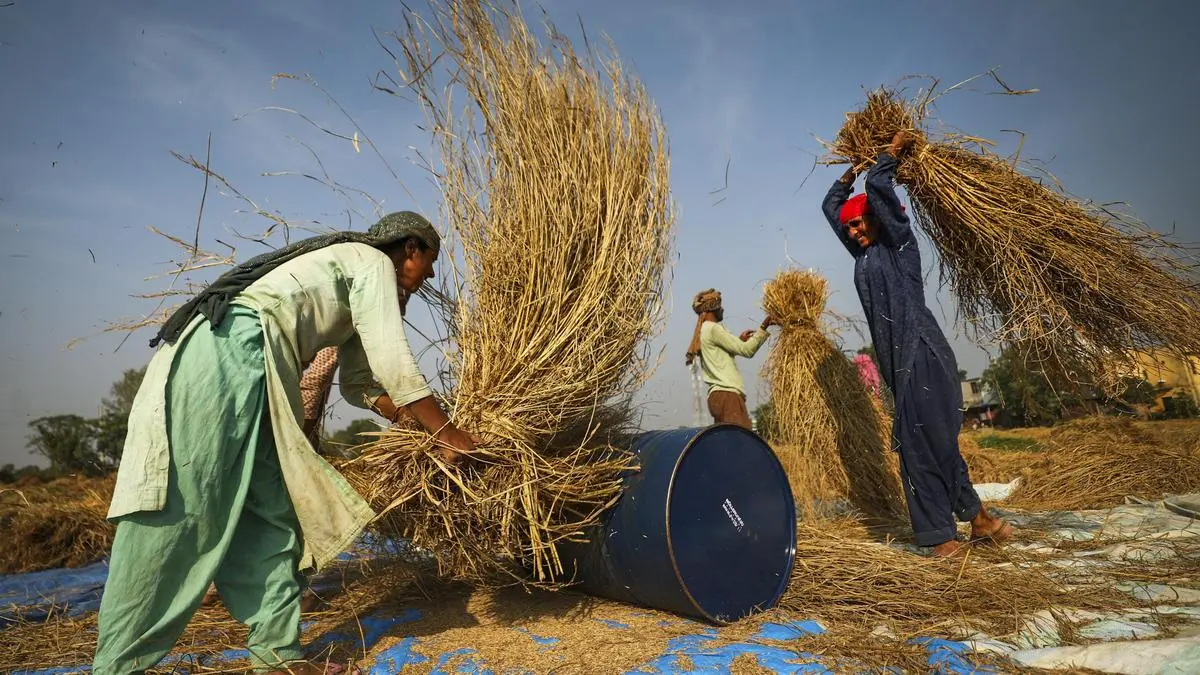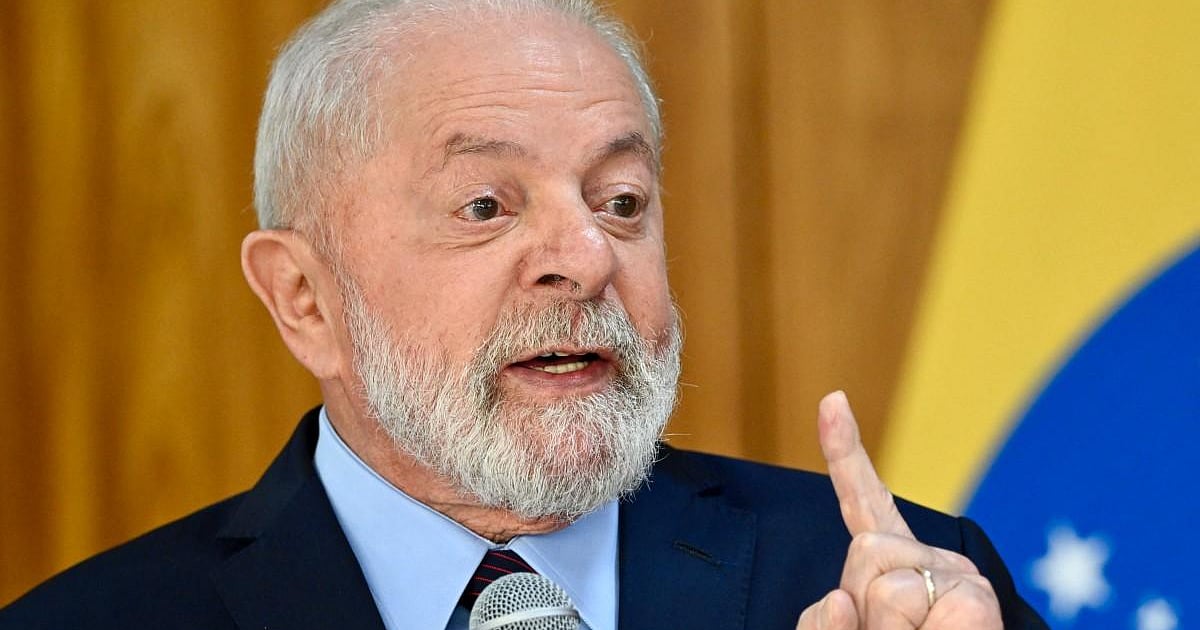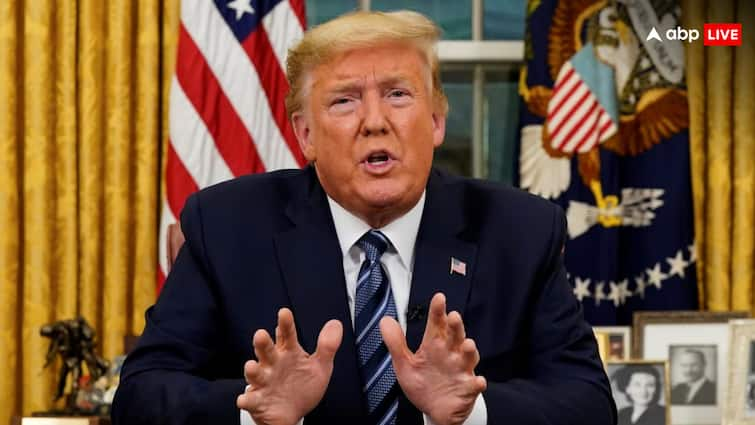India is set to benefit from a proposed grain exchange among BRICS, which is seen as an alternative to CME, the US based futures trading platform. Simultaneously Brazil has been pushing its proposal for creation of a multilateral stockpile of grains within BRICS to reduce external market reliance.
The US decision to hike import tariff to use it as a weapon so that other countries accept its terms for any bilateral trade agreement, has revived activities within BRICS to meet the deadline of the roll out of the Russian and Brazillian proposals, at least on pilot basis, sources said.
In September, during visit of Russian deputy prime minister Dmitri Patrushev to New Delhi, he discussed with India’s prime minister Narendra Modi about the grain exchange plan as Russia is keen to see a roll out of pilot next year and a full fledged launch in 2027, sources said.
Russian officials have been pointing out to their BRICS partners about alleged biases on platforms like Chicago Mercantile Exchange (CME), which owns CBOT and NYMEX, and a BRICS exchange can save them $2.5 billion annually, the sources said.
Russia has proposed that such a platform can start with wheat, corn and barley, but oilseeds, legumes, rice, soybeans could be added later. It has stressed that if created, the exchange will align with WTO.
On the other hand, Brazil has been pushing India, which has some reservations, to agree to its plan for the BRICS Food Security Reserve “to bolster collective resilience against global supply disruptions, price volatility, and climate shocks”.
As pilot programmes have been proposed for select commodities, to be funded by the New Development Bank (NDB), with a full implementation targeted during 2026–2028, the grain reserve issue may come up at BRICS ministerial meeting on New Investment Platform scheduled October 30, the sources said.
Brazil and South Africa last month signed a bilateral agriculture agreement for technical exchanges and joint programs to boost food reserves, and it aligns with the BRICS Food Security Reserve proposal.
“After the tariff hike, exports of BRICS to the US have started receiving the impact and significant drop in agri commodities shipments will further push these countries work together,” said an expert. However, the recent decision of China to again stop export of fertilisers has sent a wrong message within the BRICS, the expert added.
Launched during Brazil’s 2025 BRICS chairmanship, the grain reserve proposal complements the Russia’s Grain Exchange proposal by focusing on physical reserves. It was endorsed in the April 2025 joint ministerial declaration, positioning BRICS as a leader in food sovereignty.
BRICS (with expanded membership of Egypt, Ethiopia, Iran and UAE), accounts for nearly 45 per cent of global grain production and 25 per cent of exports, and trade potential within BRICS estimated at over $1 trillion per year. Sources said that Brazil, a top exporter of soybeans and corn, has conveyed that it is well positioned to maintain the reserve to address vulnerabilities such as India’s import dependency within the block.
However, some experts said that both the Russian and Brazilian proposals have many challenges including legal frameworks for cross-border sharing and it is more aspirational without binding commitments and immediate liquidity.
Published on October 26, 2025






